If you want to use brick but are looking to create something a little different in look - consider different patterns of laying them. One of the most popular options is a herringbone pattern.
Our brick slips come individually, so you can install them in whatever pattern you like. The most common in many areas is 'stretcher bond' - full tiles used alternating course by course, you can create other patterns with full tiles, such as basketweave, or use half brick slips to create other patterns - find out more in our brick slip bond patterns post.
Where are Herringbone Brick Slips Used?
Brick Flooring
The highest percentage use of herringbone patterns is on flooring projects, it is the most commonly used pattern.
We associate the pattern with paving and wooden flooring so it makes more sense to use it this way, historically with full bricks it is much more difficult to do a herringbone vertically so is much less visible in the world around us.

Brick Fireplaces
As one of the most popular areas for brick generally, fireplaces are the most common application of a herringbone brick slip pattern.
You can of course clad a whole chimney breast in the pattern, but corners become tricky due to the angles. Most customers opt for herringbone at the back of the internal chamber, with some also using the pattern on internal sides where they are only tiling the inside.
People will often use a herringbone on the hearth too, as with flooring above.

Brick Cladding
Often herringbone is used as a feature on external cladding, for sections rather than a whole property. This is common with properties with beams externally as they will create smaller areas for the patterns. In retaining walls it is also common to have sections of herringbone as a feature within the wall.

Brick Splashback
Another area that we see featuring the pattern is in a kitchen splashback, where one is clearly defined it works best rather than changing a pattern from the rest of the wall.

Brick Feature Walls
Less popular, herringbone patterns still create a fantastic feature and give something different to a room, a little extra feature.

Why Choose Herringbone Brick Slips?
It's all down to aesthetic choice, with brick slips there's no consideration for anything structural. If you want a pattern that's a little different to standard brickwork, but still repeatable and recognisable, then it's a great option.
How Many Do I Need To Order for Herringbone?
Use our how many brick slips do I need calculator to work it out - it's the same amount as stretcher bond, as you're using only full tiles.
The only difference from stretcher bond is you'll need to cut more slips to finish the pattern. In order to get the most out of your slips we recommend re-using the slip you cut the smallest amount from for the one where you'll need the largest amount, therefore wasting the least amount of brick slip.
How to Install Herringbone Brick Slips
Installing herringbone brick slips is a straightforward process that can be done by experienced DIY enthusiasts or professionals. The key is to start the pattern centrally with the full tiles, and work outwards, leaving the edge cuts until the end to fill in and finish the pattern. It can also be framed on the border as a feature if you desire.







